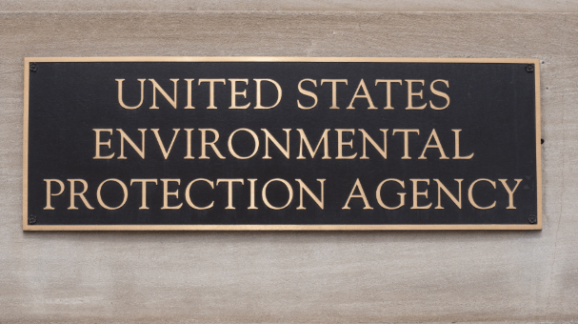The Flawed EPA Program that Needs to be Cut From the Federal Budget
As the Trump administration and Congress look for items to trim from the federal budget, they should paint a target on the Integrated Risk Information System (IRIS) at the Environmental Protection Agency (EPA) — and then pull the trigger. Though its supporters laud it as the “gold standard for risk assessment,” the program has a long history of sloppy research that lacks transparency.
IRIS is a research program that assesses chemical toxicity, which EPA program offices then use to develop regulations under federal laws. IRIS operates outside the regulatory framework, and its findings tend to be excessively cautious and based on questionable science. The end result is often counter-productive regulations and unwarranted health scares.
For example, consider EPA’s 2016 IRIS assessment for the chemical ethylene oxide (EtO). EtO is produced by the human body as well as plants, and it is also a byproduct of combustion. It is used for medical equipment sterilization, among other things. Because of EPA’s IRIS assessment, media hype about trace exposures has created national health scares in communities where medical sterilization plants are located. According to the Chicago Tribune, EPA has found “alarming levels of cancer-causing gas” in the area near the Sterigenics plant in Willowbrook, Ill.
While relatively high, long-term exposures may increase cancer risks, low-level intermittent exposures of EtO are unlikely to pose any measurable human health risks. At Willowbrook, EPA measurements ranged from zero to 11 parts per billion. Meanwhile, the Occupational Safety and Health Administration set a safety standard of one part per million — and that’s for workers exposed five days a week, eight-hours a day for decades.
The only reason anyone is concerned about low-level intermittent exposures is because EPA’s IRIS program set an absurdly low risk value at 100 parts per quadrillion! That’s “19,000 times lower than the normal, endogenous levels of EtO in the human body,” according to the American Chemistry Council.
Thanks to IRIS’ junk science, medical sterilization plants may close, putting people out of work and imperiling public health with the potential of increased disease transmission. Because there are no good substitutes, the elimination of EtO for medical product sterilization would be “significant, and likely disastrous” for public health and “would introduce the real risks of increased morbidity and mortality,” according to the Ethylene Oxide Sterilization Association.
Such problems with IRIS continue despite reform attempts going back nearly a decade. In 2011, a National Academies of Sciences (NAS) report on IRIS’ draft assessment on formaldehyde sharply rebuked IRIS’ science. It criticized the program for “recurring methodologic problems,” including repeated failures to provide “clarity and transparency of the methods.” Yet decades of “reform” efforts have not solved problems.
In early 2018, President Trump’s budget proposed significant cuts, and the Senate omnibus reconciliation bill proposed IRIS’ elimination. In an effort to defend their program, IRIS staff commissioned an NAS workshop in April 2018 to review reform progress, hoping the panel would validate reform efforts.
But the NAS workshop report reveals that the meeting was nothing more than an orchestrated effort to deflect political criticism. IRIS staff merely asked the committee to assess whether the “current trajectory of the program agrees with past recommendations of the National Academies.” The committee “was not asked to evaluate the overall value of the IRIS program,” and it “was not tasked with conducting a comprehensive review of the IRIS program,” notes the NAS report.
Of its 130 pages, about 90 simply republished EPA presentations and posters, and much of the rest included background information. The report offers a few sentences of praise for some modest procedural reforms, while noting that the program continues to need improvement.
It’s time for real reform in how EPA conducts chemical risk assessments. IRIS functions should be moved into other EPA offices that operate under legally established, much clearer scientific guidelines.
In July 2018, acting EPA Administrator Andrew Wheeler indicated an interest in such a possibility, according to Inside EPA. He indicated that agency officials were reviewing the program to better define IRIS’ mission and how it fits within the newly reformed Toxic Substances Control Act (TSCA), which he said represented the “state of the art on risk assessments.”
Wheeler would be wise to roll IRIS functions into the TSCA program. Recently reformed by Congress in 2016 with broad bipartisan support, TSCA has stronger language directing the agency to use the “best available science,” rather than rely on outdated approaches that misrepresent actual risks.
Clearly, IRIS is not the gold standard that many of its supporters claim, and it has long produced assessments that have little basis in reality. Procedural reforms are unlikely to address the program’s overly cautious culture. Rather, it is time to shut down IRIS or, at the very least, give it a massive overhaul.
Originally published at Real Clear Policy.
